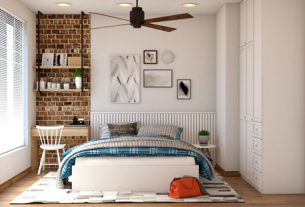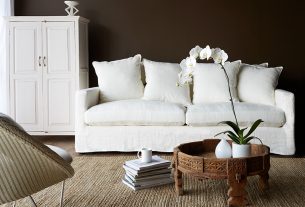More and more older people want to live on their own for as long as they can. So, we need new ways of thinking about the design of our homes, especially kitchens.
Whether it’s in memory care facilities or regular houses where seniors live, safety should be the first priority, along with easy use and practicality. This article takes a closer look into how kitchen designs could meet unique needs that elderly folks might have.
Safety Comes First
When we think about kitchens for seniors, safety should come first. It’s crucial to have floors that don’t slip, as falls harm many elderly people. Be sure rugs or mats are secure, if not removed entirely.
Good lighting is also key, especially around the stove and counters where meals get prepped. Outlets need GFCI protection, which automatically shuts off power in case of shock risk; it’s a must-have. To top things off, keep walkways clear. Tripping over cords or clutter isn’t on anyone’s wish list.
Ergonomically Designed Workspaces
The usual kitchen setup might not be the best fit for older folks. Things like adjustable counters can help, especially if you’re in a wheelchair or find standing for prolonged periods challenging.
For ease of access, have pull-out shelves and lazy Susans down below, so there’s no need to bend or stretch for pots and other goods. Swap out those knob faucets with lever-style ones; they’re simpler on hands troubled by arthritis.
Simplified and Intuitive Appliances
As we get older, our memory can sometimes play tricks on us. That’s why easy-to-use appliances are so important for seniors. Ovens with big digital displays and simple buttons help to make cooking a safe breeze.
It also helps if fridges have pull-out drawers. There are no more forgotten food items hiding at the back of deep shelves. An auto-off feature is great across all devices. It keeps things secure even when one slips up and leaves them on by mistake.
Accessible Storage Solutions
Lots of kitchens have tall cabinets for storage, but that can be hard on older folks. Lowering them or adding safe step stools could make things easier.
Drawer organizers are great, too. Everything in its place is especially helpful if you’re grappling with cognitive issues. Remember, simple and tidy works best. A kitchen like that not only looks good; it’s also safer and more useful to seniors.
Conclusion
To sum it up, a senior-friendly kitchen is more than just pretty. It lets older people get around easier and safer while doing their tasks efficiently.
As we see an increase in the aging population, kitchens that suit seniors become even more desirable. If our focus stays on safety, easy-use design, and accessibility for all users, then those dear to us can keep enjoying cooking without worry.




